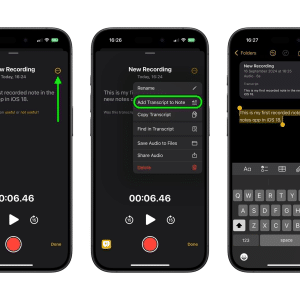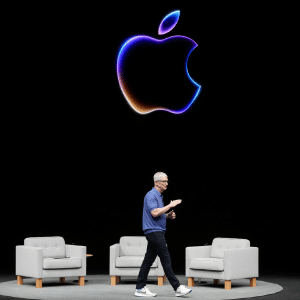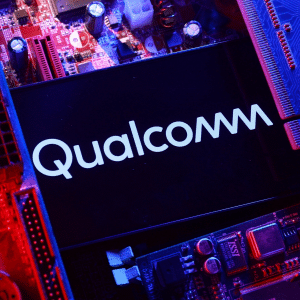Can Apple sustain its growth and meet shareholder expectations by only catering to the top end of the market?
It might be a matter of when, not if, Apple could introduce lower-priced iPhones to address the fastest-growing segment of the smartphone market: phones that sell for less than $300 contract-free. It’s not a new issue. For years, pundits have been wrongly predicting that Apple would have done this by now.
The upside is selling more devices. The downside is Apple’s industry-leading margins get eroded, which is why the company has been reticent to do that so far.
Bernstein Research software analyst Toni Sacconaghi argues Apple inevitably could introduce a lower-priced device largely because the high-end of the smartphone market is becoming increasingly saturated, and there simply is little room to grow.
Sacconaghi wonders whether Apple is too late, and the high-end of the smartphone market is already tapped. If that’s the case, then Wall Street profit and revenue estimates for the next two fiscal years are probably too high, and the company could disappoint investors come earnings time in 2014.
iPhone sales come from three primary sources: repeat iPhone devotees; switchers from another brand of smartphone; and first-time smartphone buyers. Adding new carriers that carry Apple spurs new users, some of whom are first-time buyers and some of whom switch their phone preferences. Sacconaghi assumes about 85% of iPhones are replaced within three years, with the majority switched out in the first two. The remaining iPhones Apple sells in a given year are first-time iPhone users. First-time iPhone users also come from the addition of new wireless operators that sell Apple products, such as China Mobile.
Sacconaghi stressed his analysis and forecasts don’t account for unannounced carrier handset sales, including speculation China Mobile could eventually sell iPhones. A deal with China Mobile could add 15 million iPhones in the first year of availability, he says.
China Mobile is the world largest wireless carrier with more than 750 million subscribers. Still, an announcement involving China Mobile would be a good thing. But it would also likely spur analysts to increase their estimates, making the need to sell more high-end phones no less pressing.
Surprisingly, the majority of new iPhones sold in recent years have not been replacement phones but sales to new users. In fiscal year 2013, of the roughly 150 million iPhones sold, about 85 million will come from first-time smartphone buyers as well as those switching from competitor platforms. Sacconaghi estimates Apple will have to sell nearly 125 million iPhones to first-time iPhone buyers over the next two years, including users from other smartphone platforms, to meet Wall Street consensus earnings expectations for the next two fiscal years.
While those targets are plausible, there is a slim margin of error that Apple will attract enough first-time iPhone buyers to meet consensus estimates by financial analysts, he says.
Without new carriers or new, lower-priced phones, “iPhone unit growth is likely to be tepid over the next two years,” Sacconaghi says. Earnings estimates for the fiscal year ended in September 2013, which are set to be announced Oct. 28, are $39.34 a share. Earnings for the fiscal year ending in September 2014 are $43.10 a share.
As far as grabbing disenfranchised high-end BlackBerry users and Nokia customers, their total number probably falls short of 50 million.
Over the past six quarters, both vendors combined to sell 25million high-end phones — 9million for Nokia and 16million for BlackBerry. Sacconaghi thinks BlackBerry and high-end Nokia customers are ripe for switching to Apple and high-end Android devices because of their lack of apps. What’s more, BlackBerry corporate customers are worried about the Canadian company’s survival after agreeing to be acquired by a private equity outfit. Apple can attract about 100million to 115million first time, high-end iPhone users over the next two years — consistent with new users.
While Apple will snap up its share of Nokia and Blackberry users, the company may have to eventually drift down market to find enough volume to maintain revenue and earnings growth. How and when the Cupertino, Calif., company eventually enters lower price points is the question.
Perhaps Apple’s newly hired retail chief Angela Ahrendts, CEO of fashion retailer Burberry Gloup, will have some fresh ideas on how to get more iPhones in the hands of new customers.
Mark Veverka is a technology columnist with more than 25 years of financial journalism experience. He was previously a columnist at Barron’s, The Wall Street Journal and the San Francisco Chronicle.
John Amis, AP
USA TODAY












